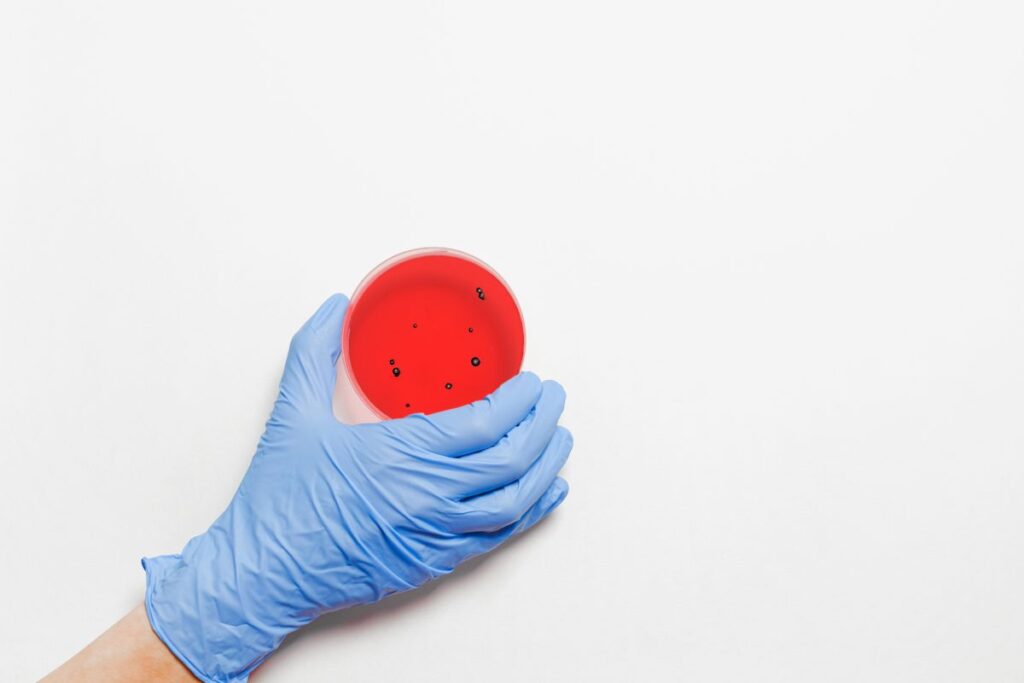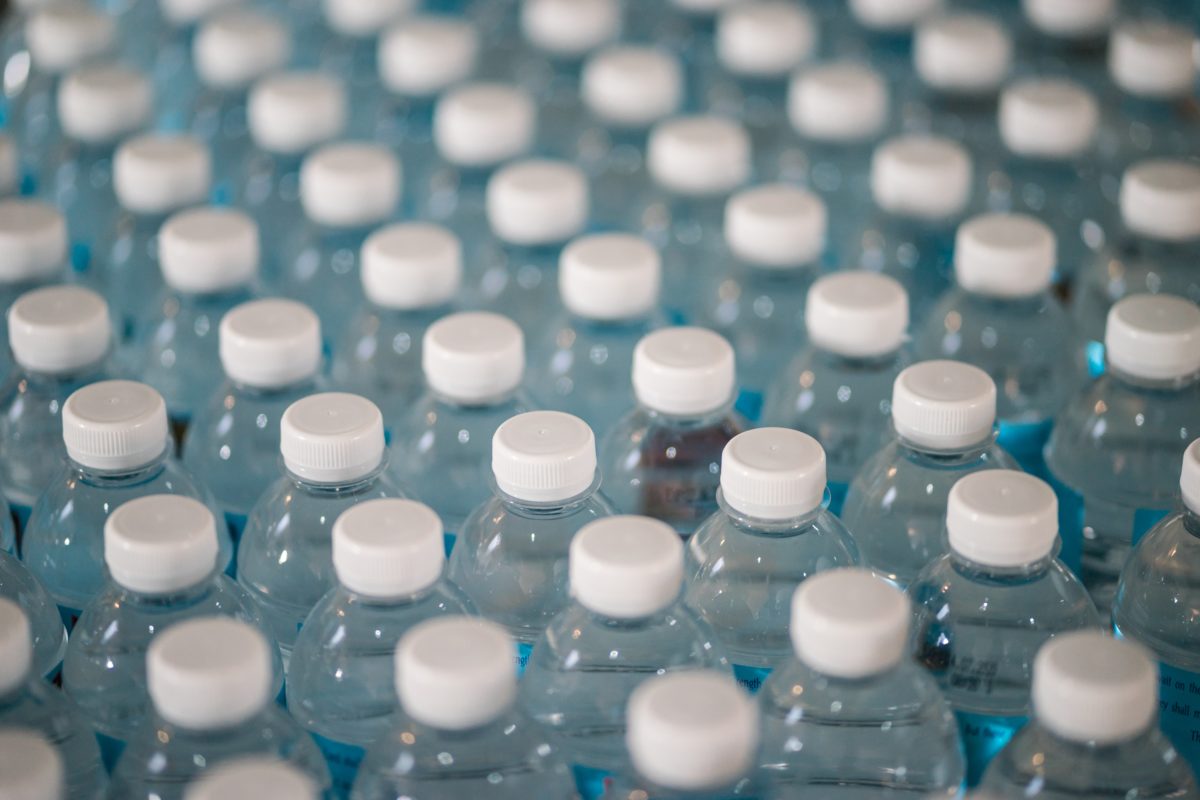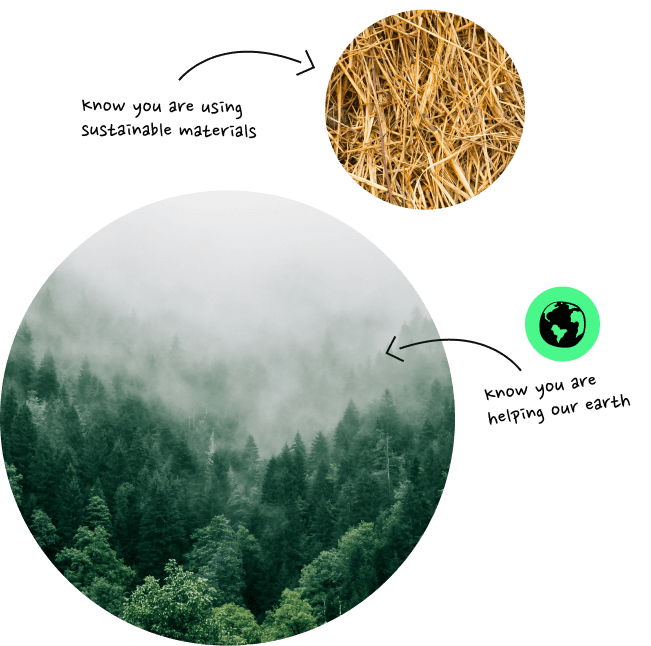As plastic pollution is thrust into the spotlight for being an unacceptable consequence of ‘doing business’, the world is beginning to take notice of viable alternatives to non-compostable and non-biodegradable packaging solutions. PHA offers a potential respite from the burgeoning oceans of plastic that the commercial sector contributes to, but what makes it so promising?
What is PHA?
PHAs, or Polyhyroxyalkanoates, are bio-derived polymers that are biodegradable at end of life (EOL). They are also referred to as natural polyesters.
Though bioplastics isn’t a new term, it’s important to remember that it can still be used to refer to polymers manufactured from fossil fuels, or bio-based alternatives that cannot be considered biodegradable. In short, by being bio-derived AND biodegradable and compostable, PHA is a commercially viable polyester that offers a genuinely environmentally motivated alternative to pollution-producing plastics.
The following diagram gives a clearer overview of the current bio-plastics conundrum:

The properties and characteristics of PHAs are near impossible to scale down into a sentence or two, as, with most plastics, they vary in terms of their thermal and mechanical applications, but there are some common similarities between different varieties of PHAs:
- They are all water insoluble
- They are ideal for medical use
- They are non-toxic
How is PHA made?
The process of PHA synthesis is fascinating, with bacteria and archaea cells being used to create the polyester granules, which are then harvested using solvents. There are two types of PHAs; short and medium-chain length, determined by the number of carbons found in the monomers (small molecules that bind to others to create polymers). Short-chain PHAs, such as PHB, or Polyhydroxybutyrate, are made of smaller monomers. Medium-chain PHAs, such as PHBH, or poly 3-hydroxybutyrate-co-3-hydroxyhexanoate, are made of larger ones. Fermentation is needed to create the chains and recently, optimal conditions have been created to allow for maximum yield, while also industrialising the process somewhat, to bring down the costs of PHA production, thus making it an attractive alternative to fossil-fuel plastics.

One of the biggest stumbling blocks in PHA production is sourcing cost-effective carbon sources, with research continuing into renewable options. Plant and animal oils have shown promising results, but oil mill waste and used oils are even cheaper to source. This serves as a two-for-one environmental bonus, with the EOL for used oil being responsibly tackled, while significantly driving down the cost of producing one of the world’s most exciting plastic alternatives.
In short, PHA is synthesised biologically, using waste materials, to ensure less pollution is generated at EOL by packaging materials and other formerly plastic creations. It’s a poetic solution that is heading towards a price point that will make potential users sit up and take notice.
Who is using PHA?
Given that PHA is still relatively new, not produced in comparable quantities to fossil fuel plastics and is more costly to synthesise, it is yet to be rolled out as a mass-market solution. That being said, there are some early adopters and visionaries that see the benefits to the planet, consumers and profit margins, in the long term. Some of the most interesting industries include:
- Single-use food packaging manufacturers
- Single-use consumer goods packaging producers
- Medical aid manufacturers
- Agricultural sectors
Top PHA players: startups & suppliers
Genecis, an Ontario-based biotech leader, is making great strides in the field of PHA application. Having received a grant of US$6 million in funding from Next Generation Manufacturing Canada (NGen), it is reported to be using its patented fermentation process to create stable, usable PHAs that can be used to create green alternatives to standard single-use packaging.
Danimer works out of Kentucky and has been focused on producing an alternative to polluting plastics for more than a decade. Having bought intellectual property from Procter & Gamble in 2007, it took ownership of what would become a flagship product in the form of Nodax, a medium-chain PHA with enormous manufacturing potential. It has since registered 125 patents worldwide, to allow for biopolymer production on a commercial scale.
Mango Materials cites itself as having created a unique platform that allows it to supply PHA pellets to clients. Led by a team of entrepreneurial women, the San Francisco-based outfit has been built on academic research and a deep-seated commitment to disrupting the commercial plastics industry with environmentally astute offerings.
Tianjin GreenBio Materials is solely employed in the development and manufacture of PHAs, this company represents a huge cultural shift in plastics production within China. Creating compostable plastic alternatives at a capacity of 10,000 tonnes per annum, it is making inroads, but there is plenty of scope for scaling up as demand increases. SoGreen pellets are the flagship product and can be fully degraded via composting or in soil or water, in just 3-6 months.
Naturally, as the potential and popularity of PHAs as a sustainable and fiscally viable alternative to single-use non-biodegradable becomes more widely known, synthesisers will increase in number. For now, these four are worth keeping an eye on as they seem to have a good handle on the application potential for global packaging manufacturers.
Why is PHA such a good alternative to plastic?
Standard plastics are damaging for a number of reasons. They use a lot of energy in their production, are made from fossil fuels and take a long time to degrade, if they ever fully do. There are also issues of soil contamination with biodegradable options that aren’t as green as they first appear and of course, our oceans are full of them too, creating ecosystem disruption. PHA counters all of these harmful issues.
Pros and cons of PHAs
Before we start demanding that every plastic manufacturer moves over to PHAs instead, let’s take a moment to objectively address not just the good, but also the negative implications of PHA materials.
The good:
- They can be made from entirely renewable sources
- They biodegrade entirely and leech nothing harmful into soil or water
- They are biocompatible, meaning that they have extensive medical applications
- They take a fraction of the time to decompose than other biodegradable plastics, i.e. one year for a plastic bottle instead of 100-1000 years
- They are made from waste products, taking them out of the EOL loop for other industries
- They are entirely nontoxic
- They are graftable, to create optimum strength properties
The bad:
- They are still in their relative infancy, making them more costly to manufacture and buy
- Limited mechanical strength has been noted in some cases
- Genetic engineering of suitable bacterial hosts has proved challenging
- A lot more research needs to be completed before universal roll-out
The use of PHAs in packaging
It wouldn’t be an exaggeration to say that packaging, as an industry, will start to feel the rumblings of change as PHA becomes more of a tried, tested and cost-effective alternative to fossil fuel plastics. Especially as we are reminded of the importance of our role in creating a sustainable circular economy.

Already, research conducted in Cambridge, UK, has proven that PHA, as a biodegradable thermoplastic, has capacity to serve as a number of packaging styles, ranging from plastic bags to packaging film, single-use food containers, disposable cutlery and more. Cambridge Consultants has already created a range of fully compostable foodservice items, all made from PHA bioplastics, to demonstrate the enormous potential of this sector.
As we move towards ever more stringent EPR legislation, it will fall to conscious and conscientious packaging manufacturers to be proactive in aligning with new earth-friendly plastic alternatives, while maintaining long-term vision. Yes, some of the new materials are proving to be more costly now, but as we all begin to leverage our communal purchasing power, demand will drive down prices, platforms will be streamlined and real change will happen.
Lead image Photo by Jonathan Chng on Unsplash.






